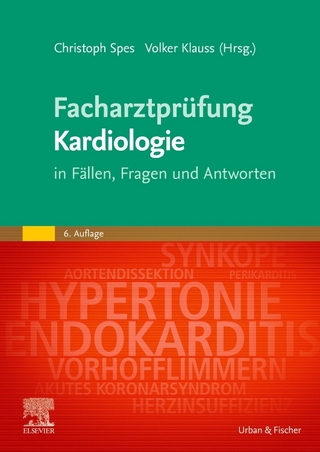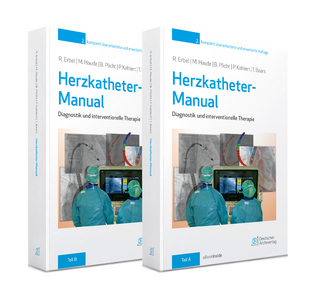Signaling at the Cell Surface in the Circulatory and Ventilatory Systems
Seiten
2011
|
2012
Springer-Verlag New York Inc.
978-1-4614-1990-7 (ISBN)
Springer-Verlag New York Inc.
978-1-4614-1990-7 (ISBN)
The volumes in this authoritative series present a multidisciplinary approach to modeling and simulation of flows in the cardiovascular and ventilatory systems, especially multiscale modeling and coupled simulations. The cardiovascular and respiratory systems are tightly coupled, as their primary function is to supply oxygen to and remove carbon dioxide from the body's cells. Because physiological conduits have deformable and reactive walls, macroscopic flow behavior and prediction must be coupled to nano- and microscopic events in a corrector scheme of regulated mechanisms when the vessel lumen caliber varies markedly. Therefore, investigation of flows of blood and air in physiological conduits requires an understanding of the biology, chemistry, and physics of these systems together with the mathematical tools to describe their functioning.
Volume 3 is devoted to the set of mediators of the cell surface, especially ion and molecular carriers and catalytic receptors that, once liganded and activated, initiate signal transduction pathways. Intracellular cascades of chemical reactions trigger the release of substances stored in cellular organelles and/or gene transcription and protein synthesis. Primary mediators are included in models of regulated cellular processes, but multiple secondary signaling components are discarded to allow simple, representative modeling and to manage their inverse problems.
Volume 3 is devoted to the set of mediators of the cell surface, especially ion and molecular carriers and catalytic receptors that, once liganded and activated, initiate signal transduction pathways. Intracellular cascades of chemical reactions trigger the release of substances stored in cellular organelles and/or gene transcription and protein synthesis. Primary mediators are included in models of regulated cellular processes, but multiple secondary signaling components are discarded to allow simple, representative modeling and to manage their inverse problems.
Introduction.- 1. Signal Transduction.- 2. Ion Carriers.- 3. Main Sets of Ion Channels and Pumps.- 4. Transmembrane Compound Carriers.- 5. Receptors of Cell-Matrix Mass Transfer.- 6. Receptors.- 7. G-Protein-Coupled Receptors.- 8. Receptor Protein Kinases.- 9. Receptor Tyrosine Phosphatases.- 10. Morphogen Receptors.- 11. Receptors of the Immune System.- Concluding Remarks.
| Reihe/Serie | Biomathematical and Biomechanical Modeling of the Circulatory and Ventilatory Systems ; 3 |
|---|---|
| Zusatzinfo | XV, 982 p. |
| Verlagsort | New York, NY |
| Sprache | englisch |
| Maße | 155 x 235 mm |
| Themenwelt | Medizinische Fachgebiete ► Innere Medizin ► Kardiologie / Angiologie |
| Medizin / Pharmazie ► Physiotherapie / Ergotherapie ► Orthopädie | |
| Naturwissenschaften ► Biologie ► Zellbiologie | |
| Naturwissenschaften ► Physik / Astronomie ► Angewandte Physik | |
| Technik ► Maschinenbau | |
| Technik ► Medizintechnik | |
| Schlagworte | blood flow behavior • blood flow prediction • cardiovascular systems modeling • cell signalling pathways • ion and molecule carriers described • modeling respiratory function • modeling simulation of flows • physiological flows • receptors ligands • signaling mediators explained • ventilatory systems modeling |
| ISBN-10 | 1-4614-1990-5 / 1461419905 |
| ISBN-13 | 978-1-4614-1990-7 / 9781461419907 |
| Zustand | Neuware |
| Haben Sie eine Frage zum Produkt? |
Mehr entdecken
aus dem Bereich
aus dem Bereich
in Fällen, Fragen und Antworten
Buch | Softcover (2024)
Urban & Fischer in Elsevier (Verlag)
89,00 €
Diagnostik und interventionelle Therapie | 2 Bände
Buch (2024)
Deutscher Ärzteverlag
349,99 €




